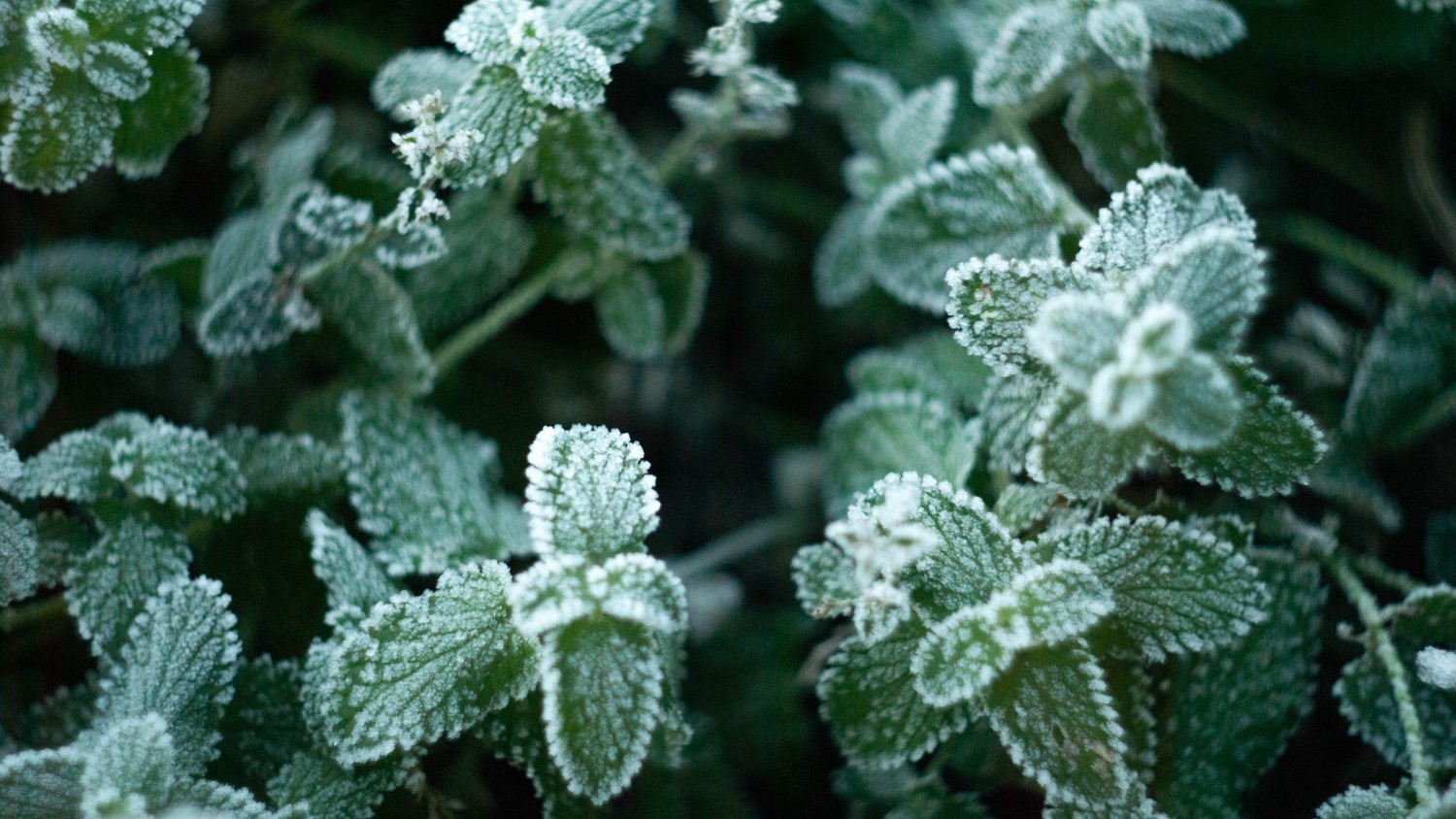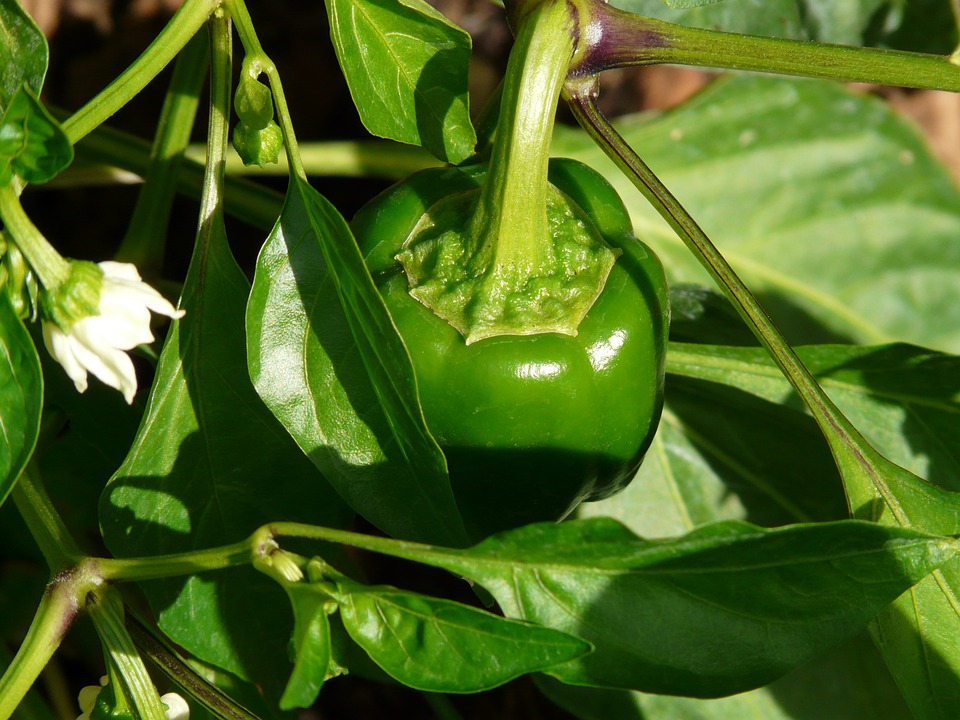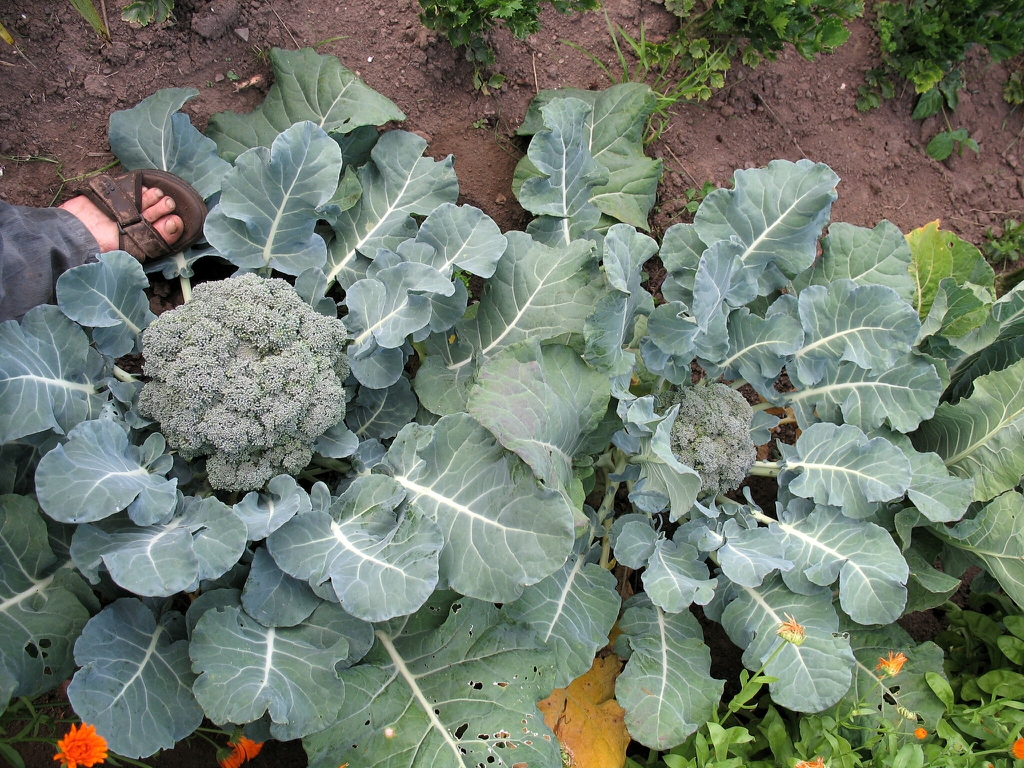A CALS Guide to Winter Gardening

When most people think of winter, gardening probably doesn’t come to mind, but there are lots of winter and early spring vegetables that love the cooler temperatures in North Carolina. Whether you are looking for a new hobby or dusting off your garden gloves for another season, this guide will help you decide what to plant this winter.
Vegetables to Start Indoors
The first few weeks in February are the perfect time to start some of your favorite vegetables from seed. Some of them, however, are much too sensitive to be planted and left outside. You can easily set up a growing station on a sunny windowsill or under an indoor plant light to watch your spring garden take root.
Celery and bell peppers should be planted during the last week of January. Both of these plants can be transplanted outside after roughly 10-12 weeks of growing indoors. You can expect to harvest both crops in the late spring or early summer.

Some other garden favorites that can be started inside are broccoli, basil and cauliflower. These plants should also be started from seed in a warm, bright spot during the first few weeks of February.

Basil grows quickly and can be harvested while it is still indoors in some cases. You won’t want to move it outside until the last frost.
Both broccoli and cauliflower can be moved out into your garden as seedlings, preferably after the last frost. They can be harvested in early spring, before the heat of North Carolina summer sets in.
All seeds started indoors should be planted in moist soil and kept moist until they reach the seedling stage. Any vegetables that you start from seed inside should be hardened off before transplanting them as seedlings into your garden outside. To harden off a seedling, move it outside in a sunny spot for a few hours a day when temperatures are above 45 degrees Fahrenheit and slowly increase their time outdoors each day until you plant them in your garden.
Vegetables to Start Outside
If you want to skip the hardening off process and sow seeds straight into your garden, radishes, peas and spinach are great options. All of these are hardy enough to endure cool temperatures and even light frost, so they can be planted in your outdoor garden as early as mid-to-late February.

Peas grow rapidly and will only need about two weeks after planting to harvest. Radishes and spinach need about four to six weeks to reach maturity. This means peas, radishes and spinach can be harvested in March or early April.

Photos are courtesy of NC State Extension, a great resource for questions about what is in season or how to grow annual vegetables, fruits and herbs. Extension also has calendars specifically for North Carolina that list when to plant various plants throughout the year.